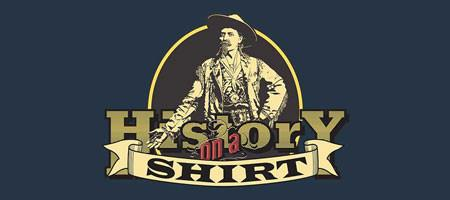Pets for Pilots
We visited the Wild Animal Sanctuary recently, which would seem to have nothing to do with WWI aviation, but there are a couple connections. The first is that you can get there from the same I-76 exit as the Vintage Aero Flying Museum; just go east instead of west. It is out there for the same reason as the VAFM; lots of open space. You could make a day of visiting both attractions.
The other connection, via Raoul Lufbery, is pet lions.
The sanctuary explains that exotic animals don't make very good pets, and the animals are usually the ones that suffer for it, because most people aren't prepared for a lion cub to become an actual lion and can't or don't want to care for it for all the years it could naturally live.
But if Your Own Life is Short and Ferocious...
 Aviators in WWI had a different perspective. First of all, of course, it was a time when more people lived closely with animals and were more familiar with at least the barnyard varieties. But also, any exotic animal might have a longer expected life span than aviators, who were pioneering every new idea aircraft designers could think of and rush into production for the war. Anyone who would go two miles up in a crate with wings would probably not be overly intimidated by playing with a lion. It might seem like pretty much the same activity. And of course one would want one's enemy to know one as the type who plays with lions. (See the movie Secondhand Lions for a portrayal of the personality type, lions, and the era.)
Aviators in WWI had a different perspective. First of all, of course, it was a time when more people lived closely with animals and were more familiar with at least the barnyard varieties. But also, any exotic animal might have a longer expected life span than aviators, who were pioneering every new idea aircraft designers could think of and rush into production for the war. Anyone who would go two miles up in a crate with wings would probably not be overly intimidated by playing with a lion. It might seem like pretty much the same activity. And of course one would want one's enemy to know one as the type who plays with lions. (See the movie Secondhand Lions for a portrayal of the personality type, lions, and the era.)
So it fit right in with the lifestyle for the Lafayette Escadrille to pick up a lion cub for a mascot while in Paris, and later another one to keep it company, and of course they were named Whiskey and Soda for other aspects of the lifestyle lived by those who didn't expect long life. Though it seems the squadron, and Raoul Lufbery in particular, were generally happy with the nature of their pets and enjoyed wrestling with them, even in an elite brotherhood of fighters lions weren't suitable as long-term pets. Whiskey and Soda got donated to the Paris Zoo after eating an expensive hat.
Another well-known mascot was Eugene Bullard's monkey named Jimmy, which he called his son and which his commander pledged to adopt if Bullard was killed.
The Red Baron's Lap Dog
Not all mascots were so exotic; foxes and pigs could be mascots, and the Red Baron only had a dog, as mentioned in a previous blog post. "The most beautiful creature is my elmcolored Great Dane, my 'little lap dog' - Moritz." Moritz flew with him once, but left "unpleasant things" in the cockpit that the mechanics were not happy about having to clean up. Generally, the Red Baron's dog behaved like a dog:
He has one stupid trait. He loved to accompany the airplanes as they start down the field. Many a flier's dog, while doing this, has been killed by a propeller. Once Moritz chased after a starting airplane, and caught it, unfortunately - and a very beautiful propeller was ruined. Moritz howled terribly, but one of my training failures was made up for in this way. I had always resisted having him clipped, that is, having his ears specially cut. Now the propeller had made up for it on one side. Vanity never bothered him, but the one floppy ear and the other half-clipped do not go well together. In general, if he did not have that defect he would be a handsome hound.
Perhaps at some point the VAFM and Wild Animal Sanctuary will conduct a joint historical event with the family of Raoul Lufbery.
